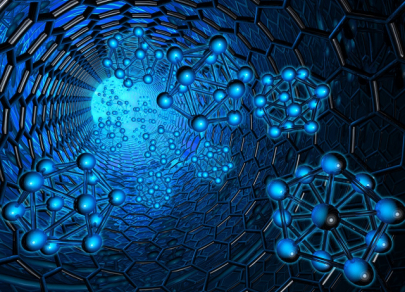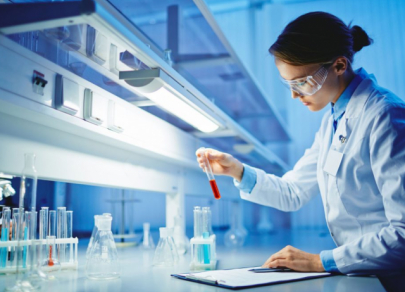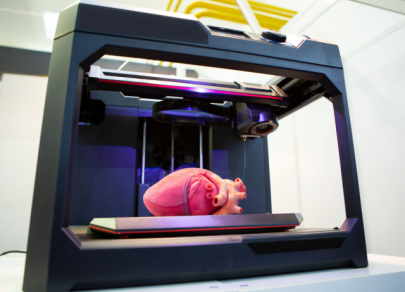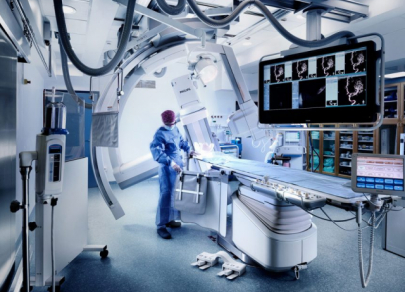FX.co ★ Top 5 biotechnologies to investment in
Top 5 biotechnologies to investment in
Bioinformatics
This biomedicine area includes analysis of genetic information: genome labeling, assessment of biological diversity, etc. In the future, DNA analysis and decoding will help humanity fight more than 6,000 hereditary diseases. The development of bioinformatics is impossible without the Big Data technologies. Bioinformatics is one of the most in-demand professions of the future. Moreover, this field of biomedicine is very attractive to investors.

Nanotechnology
The second most popular area of medical science is nanotechnology. In medicine, nanotechnology is used for targeted delivery of drugs to the diseased cells of the body. This industry is constantly being improved with nanotechnological breakthroughs being made all the time.

Biological engineering
Biological engineering, the branch of bioinformatics, is of particular interest to investors. This area of biotechnology includes the creation and development of biotechnological drugs and medicines. Scientists around the world are actively engaged in this field and demonstrate their achievements at international events.

3D organ printing
3D organ printing technology is one of the most promising areas that are actively developing these days. Nowadays, this innovation has already helped many patients recover. Thanks to the bioengineering technologies, new tissues and organs have been grown and successfully taken root. In 3D printing, the cells of a human body are used which significantly reduces the likelihood of their further rejection.

Innovative Screening Systems
The innovative disease screening and diagnostic systems are used worldwide. This is a very promising area for investment. The medicine of the future is impossible without these systems. This industry is constantly developing, showing great results and breakthroughs. Scientists put a lot of effort in order to improve existing diagnostic methods striving to minimize the risk of errors in the establishment of a diagnosis. Currently, experts are working on special microsensors that collect information about the human body.






















